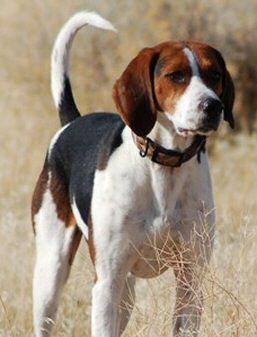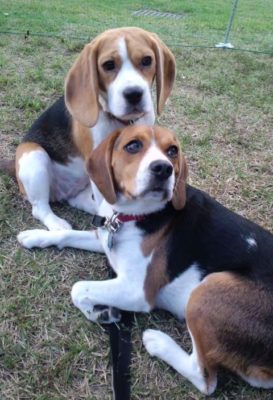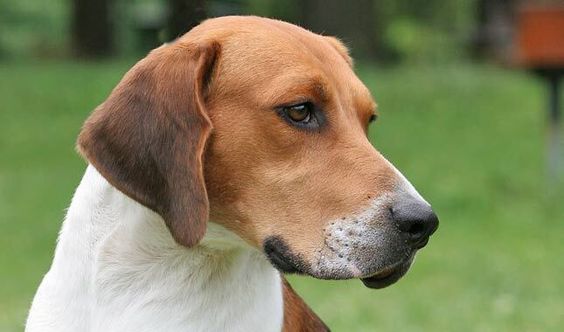Beagle-Harrier
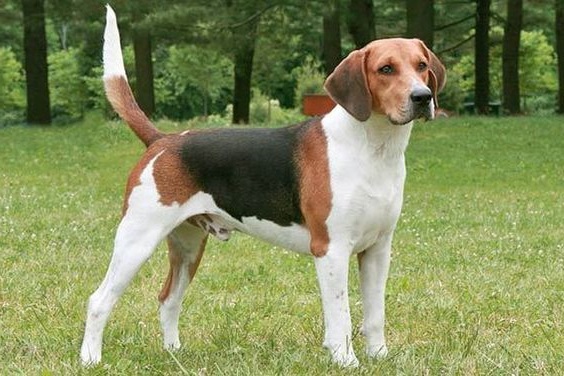
The Beagle-Harrier is a typical representative of the ideal hunting dog. It is a natural hunter with a developed sense of smell, excitement, and endurance. Suitable for hunting both alone and in packs. The character of Beagle-Harrier is balanced, gentle, and good-natured. Despite his hunting instinct, he can be a great companion and loyal friend to any family member.
Table of Contents
Breed Information
| Another Name | – |
| Origin | France |
| Height | Males 45-50 cm Females 43-48 cm |
| Weight | 19-25 kg |
| Fur | Medium |
| Color | Tri-color: ginger, white, black |
| Lifespan | 12-15 years |
| FCI Classification | Scent hounds and related breeds |
| Group | Hunting dogs |
| Price | From $500 |
Breed Photos
Origin History
There is no single exact version of the origin of the Beagle-Harrier breed. The word “harrier” literally means “hunting dog”. Researchers only propose that the breed began its formation in Central Europe due to crossbreeding between the Bloodhound, Basset Hound, and Talbot Hound.
It is not difficult to guess that the Beagle-Harrier is a direct descendant of the Beagle and Harrier hound breeds. However, it is not known to whom we are grateful for the emergence of the new breed. According to one theory, the species owes its origin to one of the breeders, Baron Gerard. He also crossed in the XIX century in France, the two hounds. His goal was to get dogs of medium size, which would be a well-developed hunting instinct. They, in turn, would be excellent for hunting rabbits and foxes. Thus appeared unique breed, which took the best of their “parents”. The beagle gave it a sonorous voice and an incredible desire to hunt, and from the harrier the endurance and memorable appearance. The breed standard was approved by the Fédération Cynologique Internationale in 1974.
Appearance
In contrast to the small beagle, the Beagle-Harrier is a medium-sized dog, harmoniously built, agile and energetic. The body is elongated; the format is rectangular. The musculature is expressed. The head is a medium, wide skull. The muzzle is slightly narrower towards the nose. The eyes are dark, with a brilliant and attentive look. The ears are short, moderately wide, floppy, and close to the muzzle. They are slightly turned outward at the ends, shallow creases closer to the middle). The back is straight and short. The abdomen is slightly drooping. The legs are straight and strong. The tail is set high, narrowing towards the end. The coat is medium and thick. Only a tricolor is allowed: white and red (red) with a black cheprak. The colors of the spots range from dark pale to brownish-reddish. Gray (smoky) underpain and red-white-gray colors are also allowed.
Character
The Beagle-Harrier is a typical representative of the ideal hunting dog. It is a natural hunter with a developed sense of smell, excitement, and endurance. Suitable for hunting both alone and in packs. The character of Beagle-Harrier is balanced, gentle, and good-natured. Despite his hunting instinct, he can be a great companion and loyal friend to any family member. Their aggression is not pronounced, which means that they will not be suitable for home guards. Also, they are not ideal for an apartment because they like freedom and loud barking that your neighbors won’t like. Relationships with children at the Beagle-Harrier are ideal; they will find a common language and play together just endlessly. They are capable of the most loyal friendship with any breed and other animals.
Care
Taking care of a Beagle-Harrier is not difficult. Their shedding is not strong, seasonal. Comb the coat with a special brush several times a week. Frequent water procedures are not necessary to dry out the skin and not to worsen the smooth and shiny coat of a pet. Bathe the Beagle-Harrier about once every four months. Check your pet’s eyes and clean them every week. The ears need more care because the construction of Beagle-Harrier’s ears is a weak point. Dirt and moisture can accumulate there, and to prevent infections or inflammation, they need to be examined daily and cleaned with a special ear care product. Claws usually clip on their own because of a dog’s active lifestyle, but if that’s not enough, it’s recommended that they be trimmed monthly.
Training
The undoubted advantage of the breed is considered a quiet temperament and lack of pronounced dominance. Beagle-Harrier is a very obedient dog who will never go against his master. Even the opposite, he will try to do everything to please him. There will be no problems with training and education. However, you should start training from an early age, and the first command that experienced breeders recommend to learn is the command “to me” or “beside”. After all, due to his instinct, Beagle-Harrier can play or be carried away by the smell of the animal, and without looking back, run after him.
Common Diseases
The health and immunity of Beagle-Harriers is quite solid and strong; they rarely get sick. But still, there are some predispositions to such diseases:
- skin allergic reactions;
- cataract;
- glaucoma;
- demodicosis;
- obesity;
- dysplasia of the hip and elbow joints;
- hypothyroidism;
- dislocation of the kneecap.
Nutrition
Beagle-Harriers need a well-balanced diet because they are prone to gaining excess weight. Protein food should make up the bulk of the diet, with carbohydrates in second place. Puppies need fats the least. Seasonal vitamin supplements are also mandatory to keep the pet looking and feeling normal. When feeding a natural diet, the majority of the diet should be lean meat. If you prioritize dry food, however, it should be premium medium breed food.
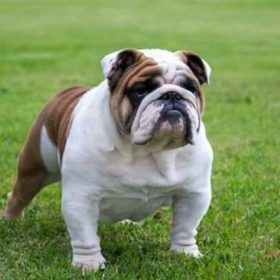 Bulldog
Bulldog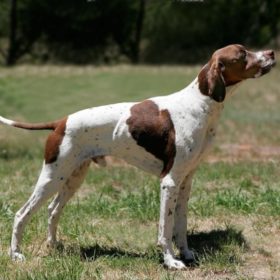 Pointer
Pointer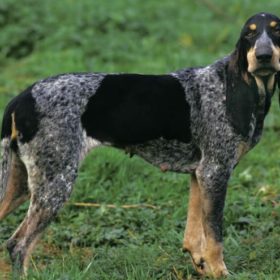 Petit Gascon Saintongeois
Petit Gascon Saintongeois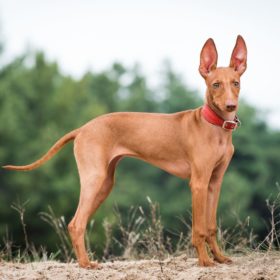 Cirneco dell’Etna
Cirneco dell’Etna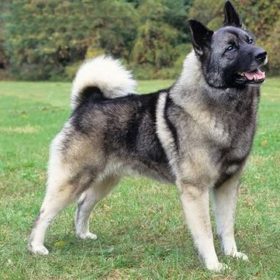 Norwegian Elkhound
Norwegian Elkhound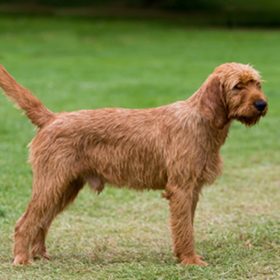 Griffon Fauve de Bretagne
Griffon Fauve de Bretagne